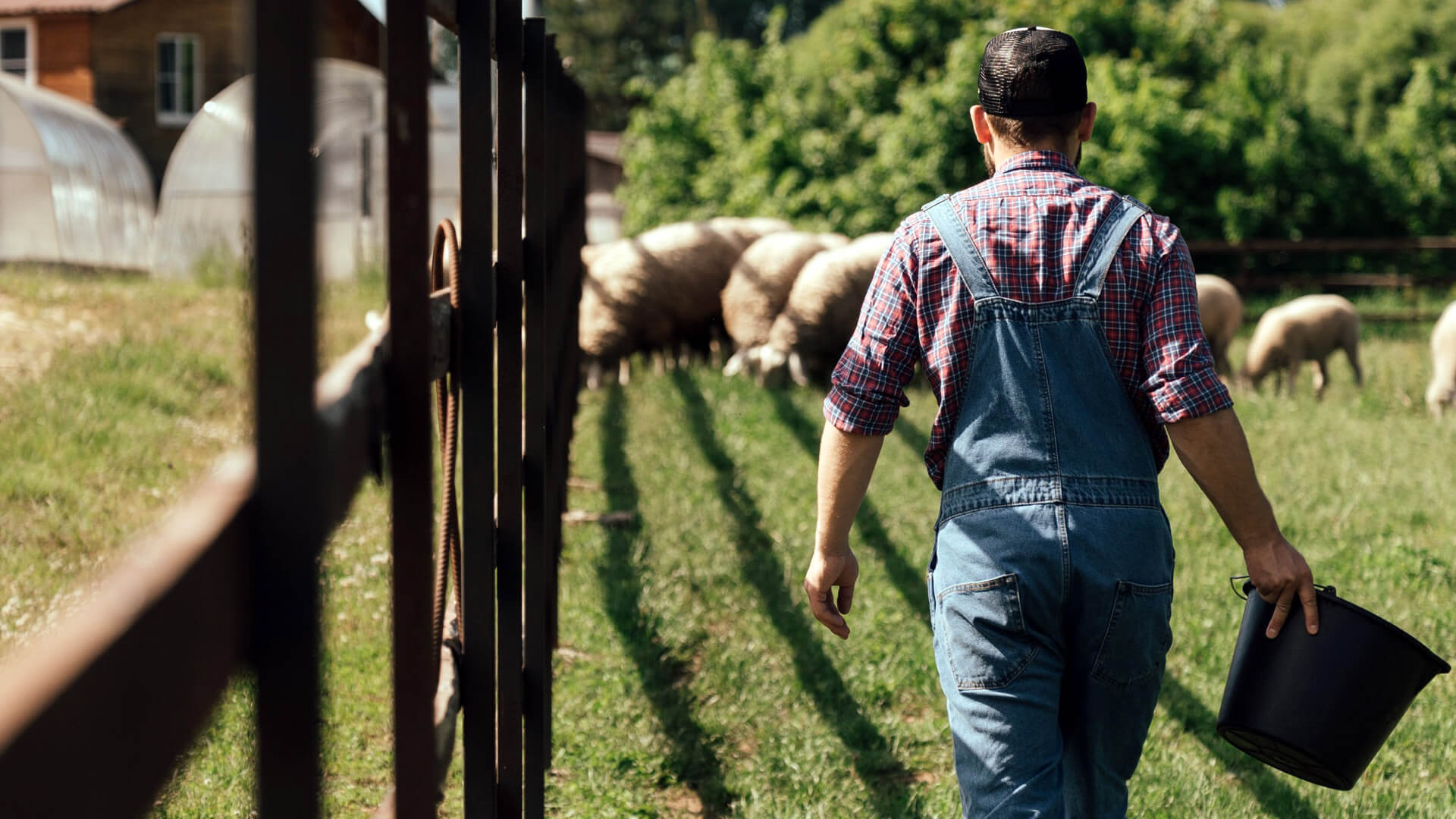High noise levels from screaming piglets, tractors, ventilation systems and other machinery define farm life. As a result, farmers are particularly sensitive to hearing loss.
Table of Contents
Hearing Loss Caused by Noise in Agricultural Operations
In agricultural employment, noise-induced hearing loss is widespread. Agriculture is one of the top three professions that cause hearing loss, together with farming, and according to the US Department of Labor, one in every three noise-exposed employees suffers from hearing loss.
Hearing loss is not as spectacular or as immediate as injuries from a tractor rollover or an ATV accident, however, it is permanent and can have a severe impact on one’s quality of life.
Noise-induced hearing loss is permanent and can have a negative impact on one’s quality of life. It can go undiscovered for several years, and it affects people of all ages, including young adults and teenagers.
Agricultural Workers: Exposure to Noise
Noise is acoustic energy that can be detrimental. Every sound we hear causes metabolic activity in the ear. When sound waves reach the ear, vibrations cause the eardrum to vibrate, which is subsequently conveyed to the middle ear.
Three small bones in the middle ear operate to enhance sound waves and send them to the inner ear. The inner ear houses the cochlea, the sensory organ of the ear that is filled with fluid and coated with cells that contain tiny hairs. The vibrations activate these small hairs, which transform sound waves into nerve impulses recognized by the brain, resulting in the sound we hear.
Noise-induced hearing loss is caused by damage to the hair cells in the inner ear, and it is widespread among farmers and agricultural workers, and it is permanent and irreversible.
Farmers and farm families suffer from a loss of life quality as a result of hearing loss. For most farmers, hearing loss develops gradually over time and may not be discovered until it becomes a significant problem.
If you have to raise your voice over regular speaking volumes to be heard, the noise is too loud. The most apparent signs that noise exposure is potentially dangerous include transient hearing loss, muffled sound quality, or ringing in your ears. Repeated exposure to loud noise causes chronic, irreversible hearing loss.
The vast majority of the time, hearing loss is so gradual that it may not be apparent until it has progressed to the point where it is no longer reversible, and here you’ll find some of the noise levels.
Noise Levels Produced by Farm Machinery
Noise levels above 85 dBA (decibels), according to the National Institute for Occupational Safety and Health, increase the risk of hearing damage.
Normal conversation is approximately 60 dBA, yelling in the ear is 110 dBA, and eardrums rupture around 160-185 dBA.
- tractors 95-100 dBA
- tractor cab 80 dBA
- grain dryers 85-110 dBA
- combine cab 85 dBA
- pig squeal 100 dBA
- ATV 90 dBA
- riding mower 100 dBA
- chainsaw 120 dBA
How Can Farmers Protect Their Hearing?
Hearing conservation programs have been created by the Occupational Safety and Health Administration to detail a number of procedures used to limit the risk of noise-induced hearing loss.
The programs encourage the use of hearing protection at all times when there is a risk of being exposed to loud noise. Programs also involve teaching farmers and agricultural workers about the hidden danger of hearing loss, providing practical tools for assessing noise exposure and instructing persons on how to correctly utilize hearing protection.
A simple way to tell if noise is potentially harmful is if two persons standing one arm’s length away must yell to be heard. This means that the noise level is likely to be above 85 dBA, indicating that inner ear hair cell damage is possible.
Hearing Protection: Methods
- When purchasing new equipment, inquire about sound levels and choose the quietest alternative.
- Repairing mufflers on engines, lubricating bearings, and replacing old parts, for example, will minimize noise and enhance farming operations.
- Working with motorized equipment that has cabs or enclosures reduces noise exposure. Operators of open tractors, loaders, and ATVs are subjected to higher noise than operators of equivalent equipment with covered cabins.
- Acquiring newer, quieter equipment is not always an option, so the best alternative is to use hearing protection. The earmuff type provides the most protection and is the easiest to wear. The next best choice is expandable ear plugs, but they must be properly inserted to be effective: roll them up, insert them into the ear, and hold them in place as they expand to fill the ear canal.
- Reducing your exposure to noise can help to mitigate its negative effects. The table below demonstrates how the “safe” period of noise exposure decreases as noise exposure increases. These timings represent the maximum length of time a person can be exposed to noise while NOT wearing hearing protection.
Hearing Loss Workers Compensation
Hearing Loss Workers Compensation is available to compensate employees whose hearing has been impaired as a result of noisy work employment. Workplace noise need not “cause” hearing loss. It only needs to contribute to the loss.
Exposure to “noisy employment” for just 90 days may result in a compensable loss. Always feel free to ask Johnson Law Offices about the process, the law, or an individual case. The legal, medical, and audio-metric questions that come into play in a hearing loss workers’ compensation claim can be complicated.
The claims require attention to detail mixed with an ability to work well with hearing-impaired retirees and their families, especially spouses, and their hearing health care professionals.
Sources
Contact Us
If you, or anyone you know, worked in noise and suffers from hearing loss, please do not hesitate to contact us.
Contact Us


